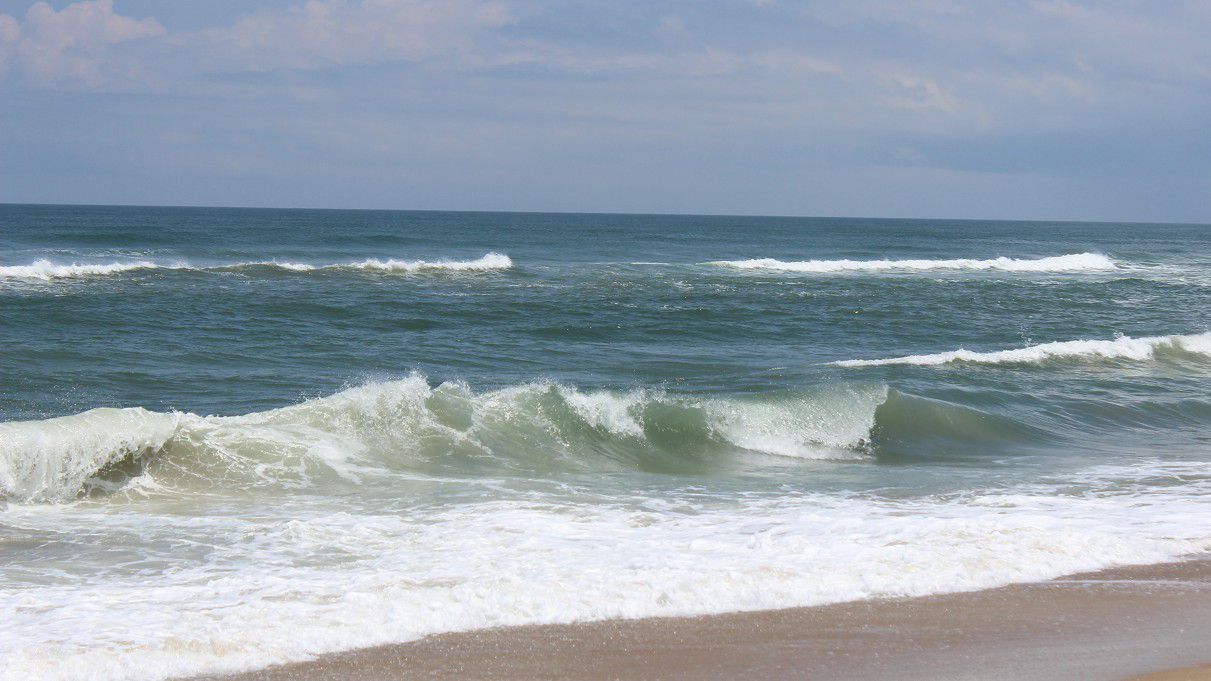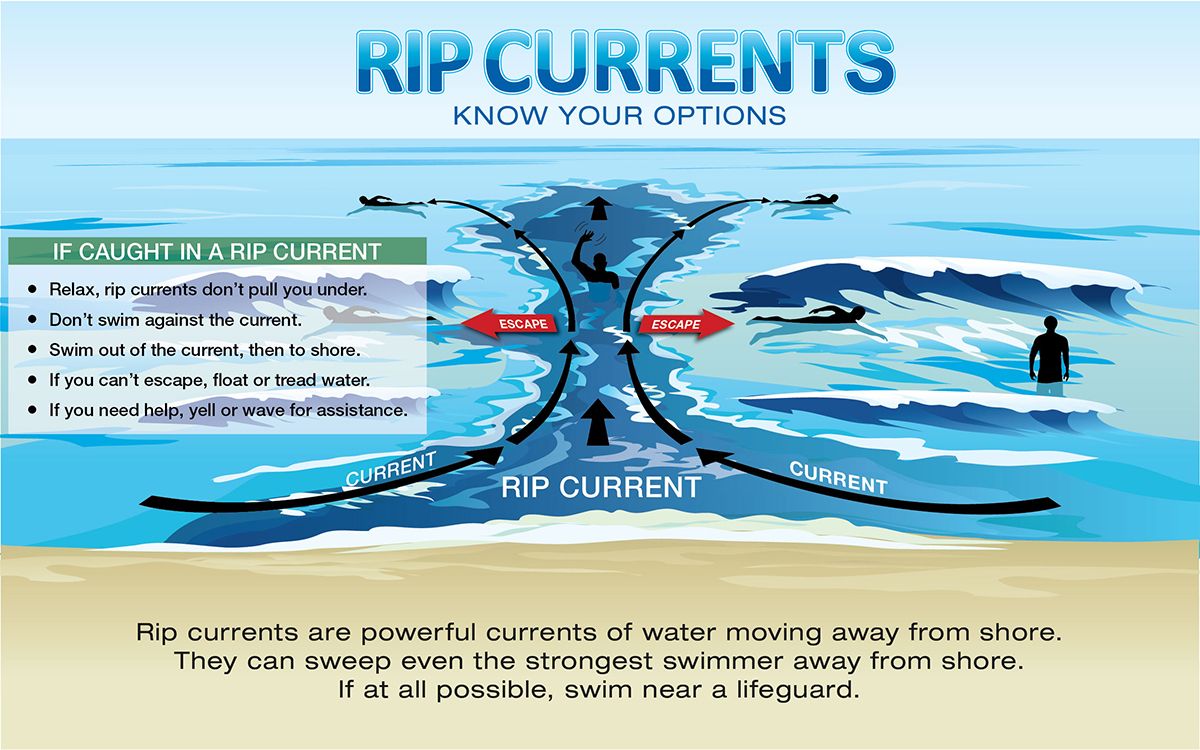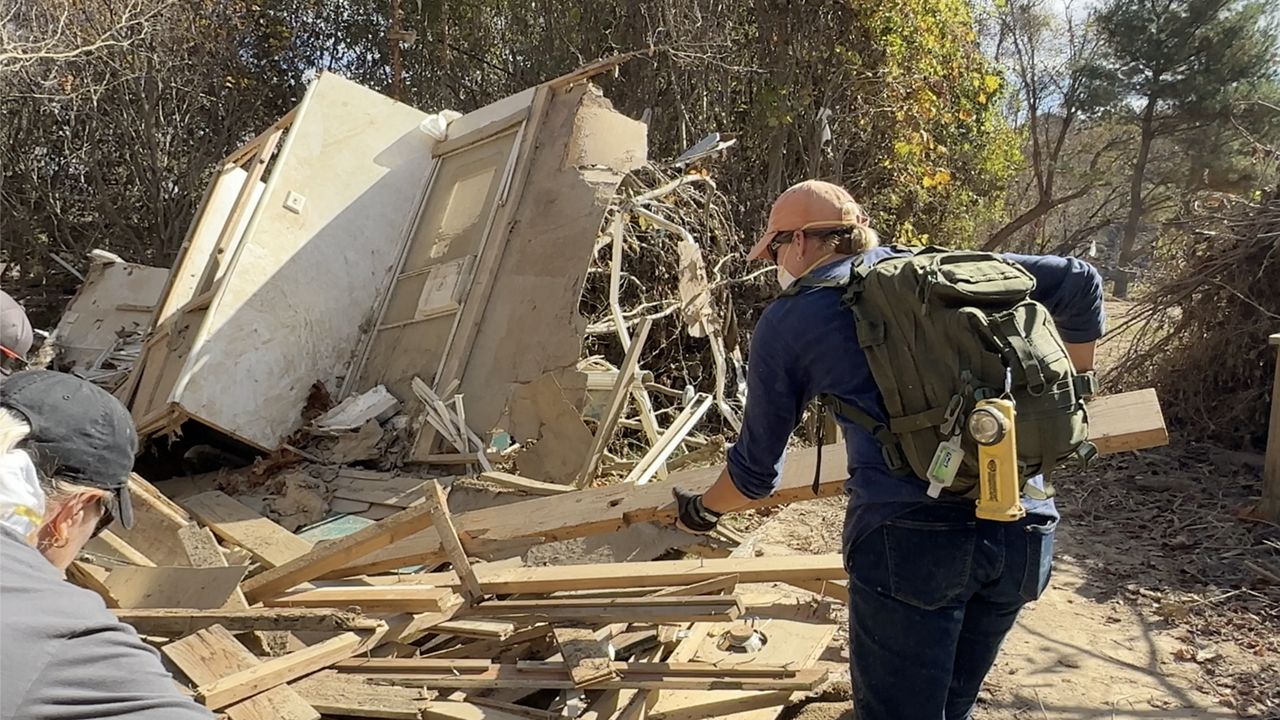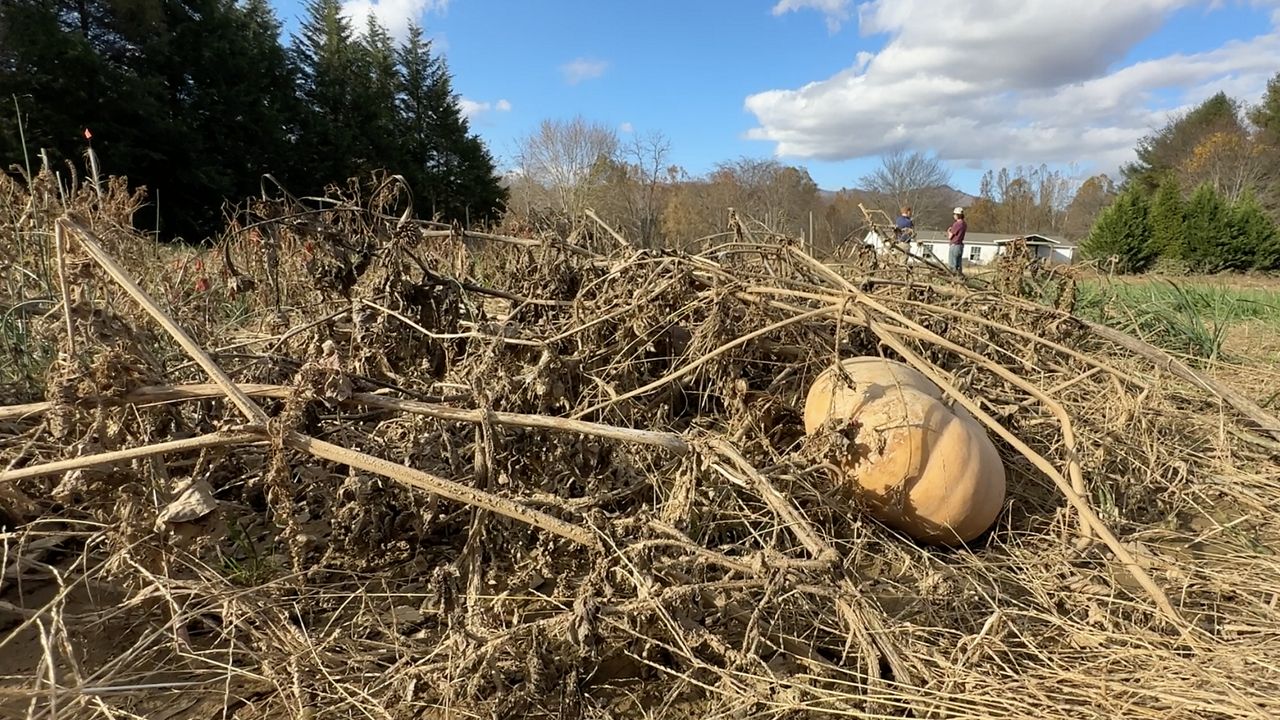If you're at the beach to start the week, you'll want to stay out of the ocean.
What You Need To Know
- Swells from Hurricane Ernesto will likely create rip currents at North Carolina beaches for the rest of the week
- Rip currents can pull even experienced swimmers away from shore
- Over the last decade, rip currents and other beach hazards have been more deadly than floods, lightning and tornadoes combined
Hurricane Ernesto has created dangerous swimming conditions along much of the East Coast, even though the storm remains well offshore.
Since Friday there have been at least 42 rip current rescues at North Carolina beaches, with 23 on Saturday alone at Wrightsville Beach.
Surf City Emergency Management confirmed a 41-year-old man drowned in a rip current near beach access No. 10 just before 3 p.m. Saturday.
Swells from the storm will continue to create rough surf and a high danger of rip currents for the start of this week.
Rip currents are powerful channels of water than can pull even experienced swimmers away from shore.
Over the last decade, rip currents and other beach hazards have been more deadly than floods, lightning and tornadoes combined.
What to do when caught in a rip current
The best way to survive a rip current is to either let it carry you out to sea and swim at an angle to the shore, or to swim parallel to the shore while in the rip current to get back to the sand.
(National Weather Service)
Remember to never swim alone and do not float in water that you cannot swim in.
Also, swim at a beach with a lifeguard nearby if possible. The United States Lifesaving Association (USLA) has calculated that the chance for a drowning at a beach protected by USLA lifeguards to be at 1 in 18 million (0.0000055%).
That means you’re 27 times mores likely to win an Olympic medal than to drown at a beach with a lifeguard.
Even with lifeguards though, it's best to stay out of the water when you see red flags flying, indicating the high danger for rip currents.
Our team of meteorologists dives deep into the science of weather and breaks down timely weather data and information. To view more weather and climate stories, check out our weather blogs section.












